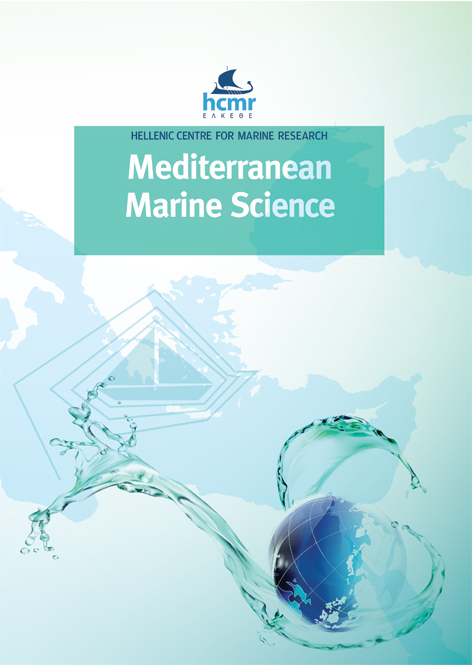Fisheries Reference Points under Varying Stock Productivity and Discounting: European Anchovy as a Case Study

Abstract
European anchovy (Engraulis encrasicolus) is the main commercially exploited fish stock in the Black Sea region, providing a vital source of livelihood and revenue for local communities and national economies. In recent decades, the Black Sea anchovy stock has faced many human-induced threats, including overfishing, eutrophication, invasive species, and climate change while these threats have raised concerns about the status and long-term productivity of the stock. To ensure sustainable levels of exploitation under potential future changes in stock productivity, we here estimate and compare a suite of biological and economic reference points under different levels of stock productivity and discount rates using an age-structured bioeconomic model setup. Our model simulations showed that optimal fishing mortalities achieving maximum sustainable yield (FMSY) and maximum economic yield (FMEY) increase at higher stock productivity but are always lower than the historically high mean levels of exploitation. Furthermore, we illustrate that the stock biomass at maximum economic yield (BMEY) is larger than the stock biomass at maximum sustainable yield (BMSY) at all stock productivities and discount rates, except at low stock productivity under high levels of discounting (i.e., 10%, 20%). By illustrating the ecological and economic benefits of reducing exploitation rates, we expect that our estimated reference points can add value to the decision-making process for the management of the European anchovy fishery and ensure long-term sustainable management even under future climate-driven changes in stock productivity.
Article Details
- Zitationsvorschlag
-
TUNCA, S., LINDROOS, M., & LINDEGREN, M. (2022). Fisheries Reference Points under Varying Stock Productivity and Discounting: European Anchovy as a Case Study. Mediterranean Marine Science, 23(4), 864–875. https://doi.org/10.12681/mms.28472
- Rubrik
- Research Article
Authors who publish with this journal agree to the following terms:
- Authors retain copyright and grant the journal right of first publication with the work simultaneously licensed under a Creative Commons Attribution Non-Commercial License that allows others to share the work with an acknowledgement of the work's authorship and initial publication in this journal.
- Authors are able to enter into separate, additional contractual arrangements for the non-exclusive distribution of the journal's published version of the work (e.g. post it to an institutional repository or publish it in a book), with an acknowledgement of its initial publication in this journal.
- Authors are permitted and encouraged to post their work online (preferably in institutional repositories or on their website) prior to and during the submission process, as it can lead to productive exchanges, as well as earlier and greater citation of published work (See The Effect of Open Access).




